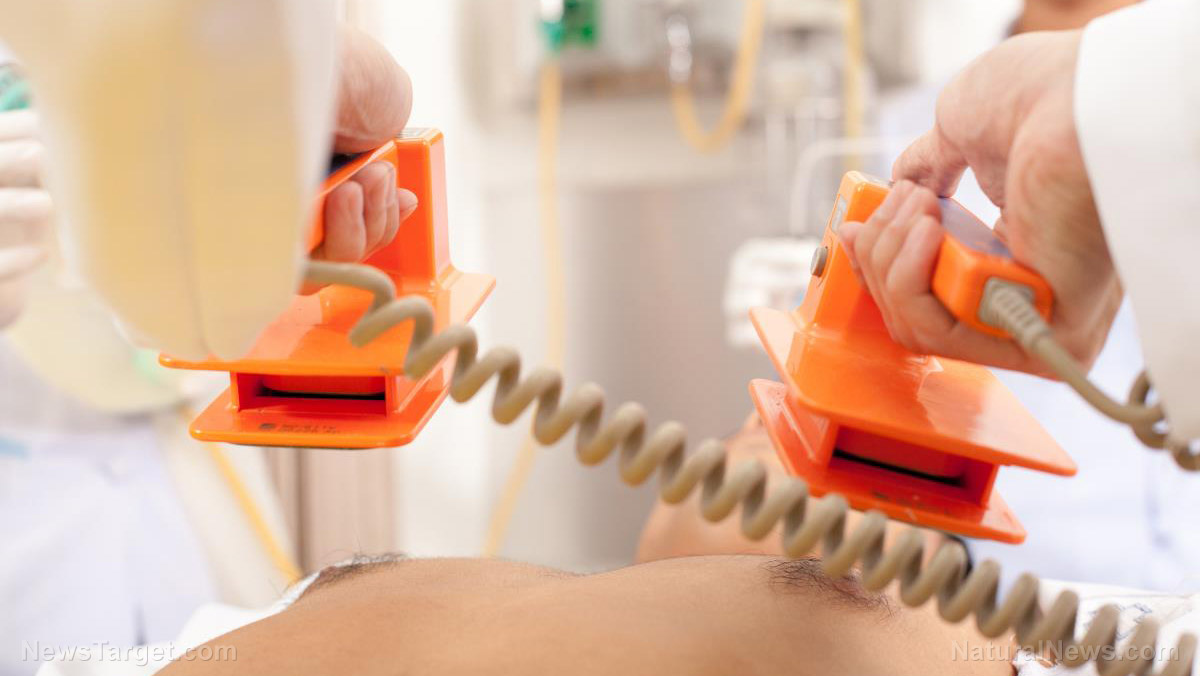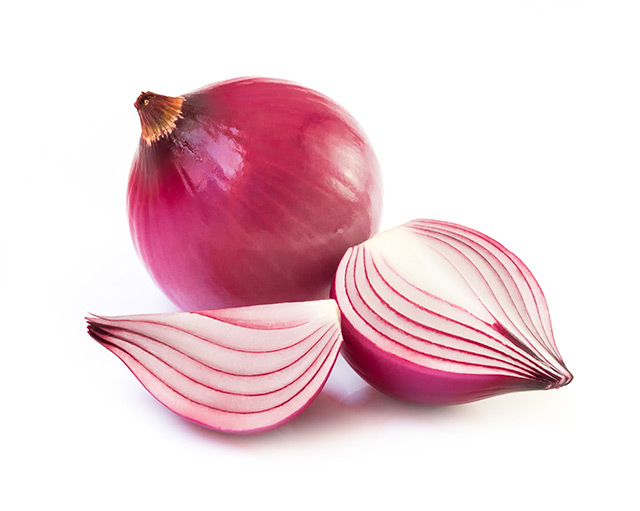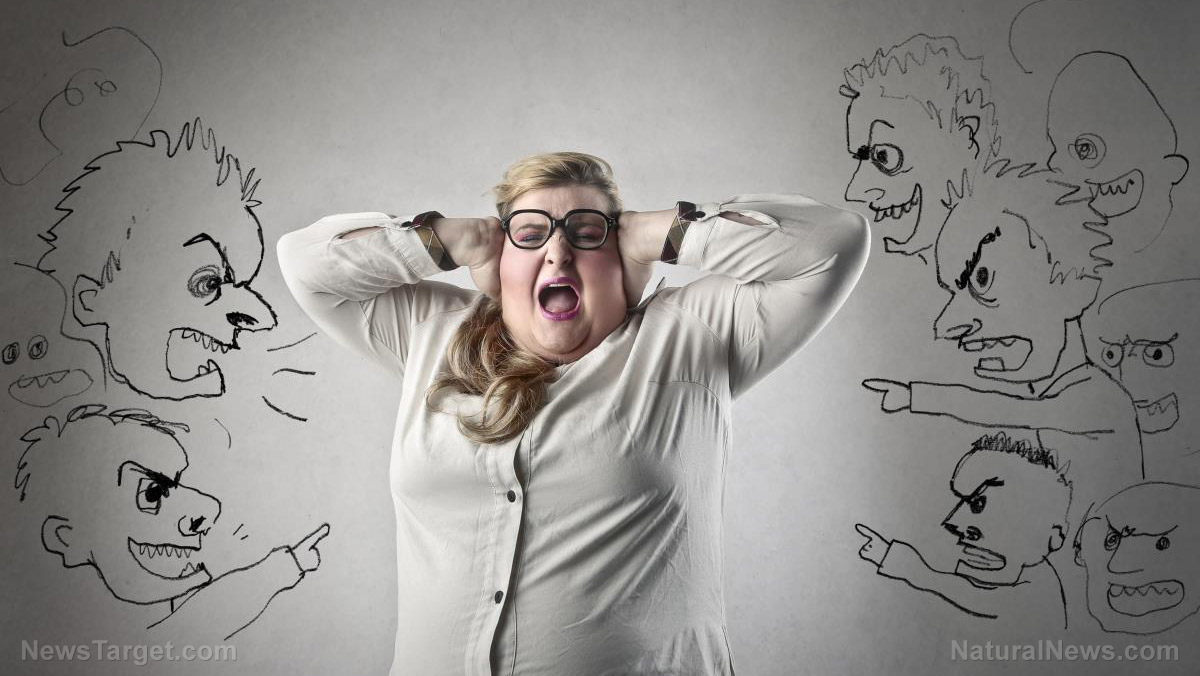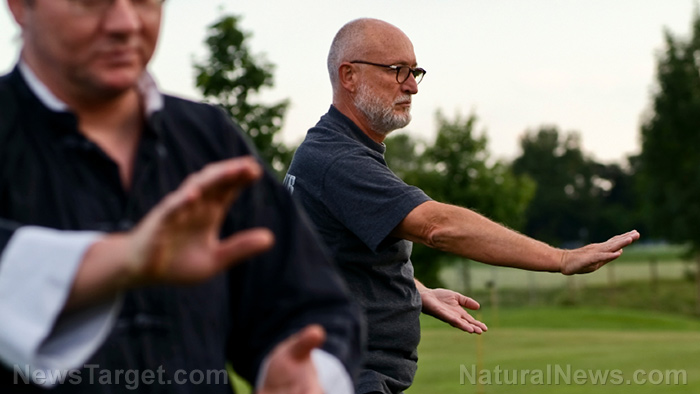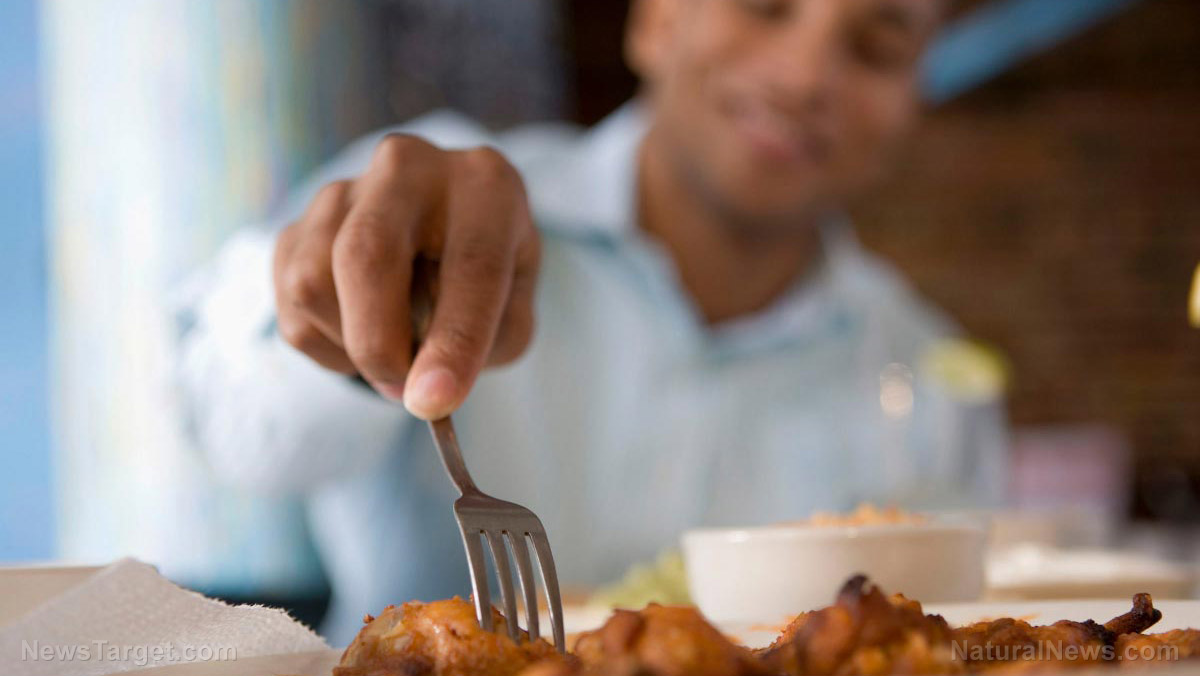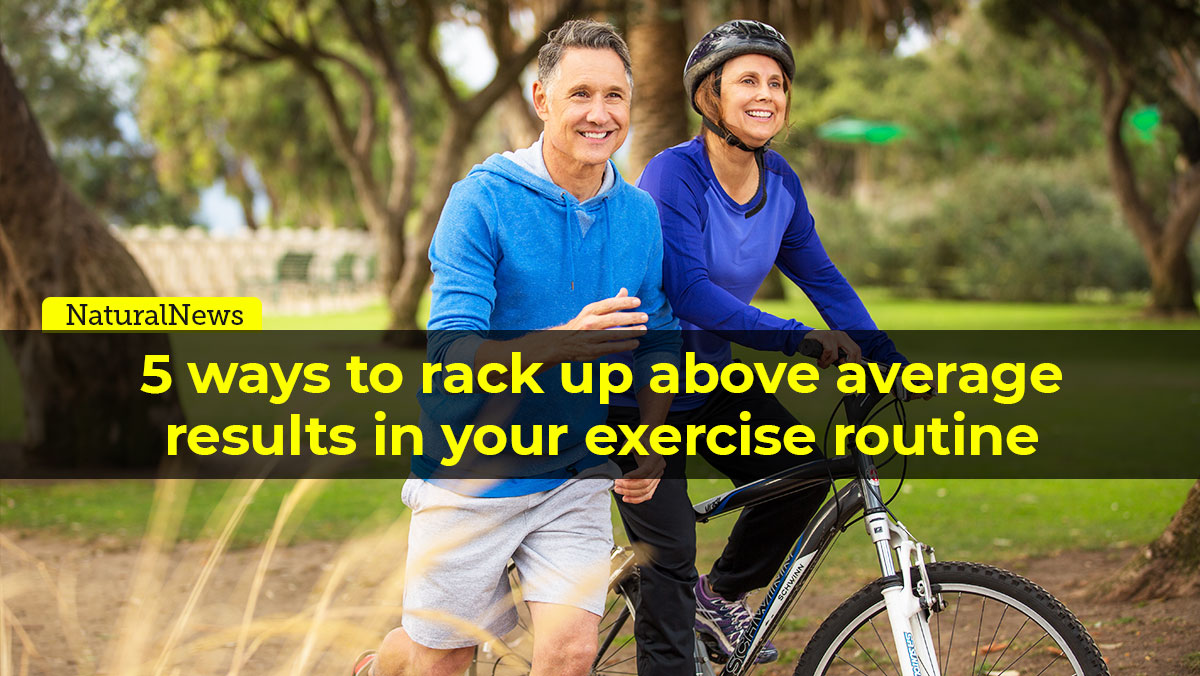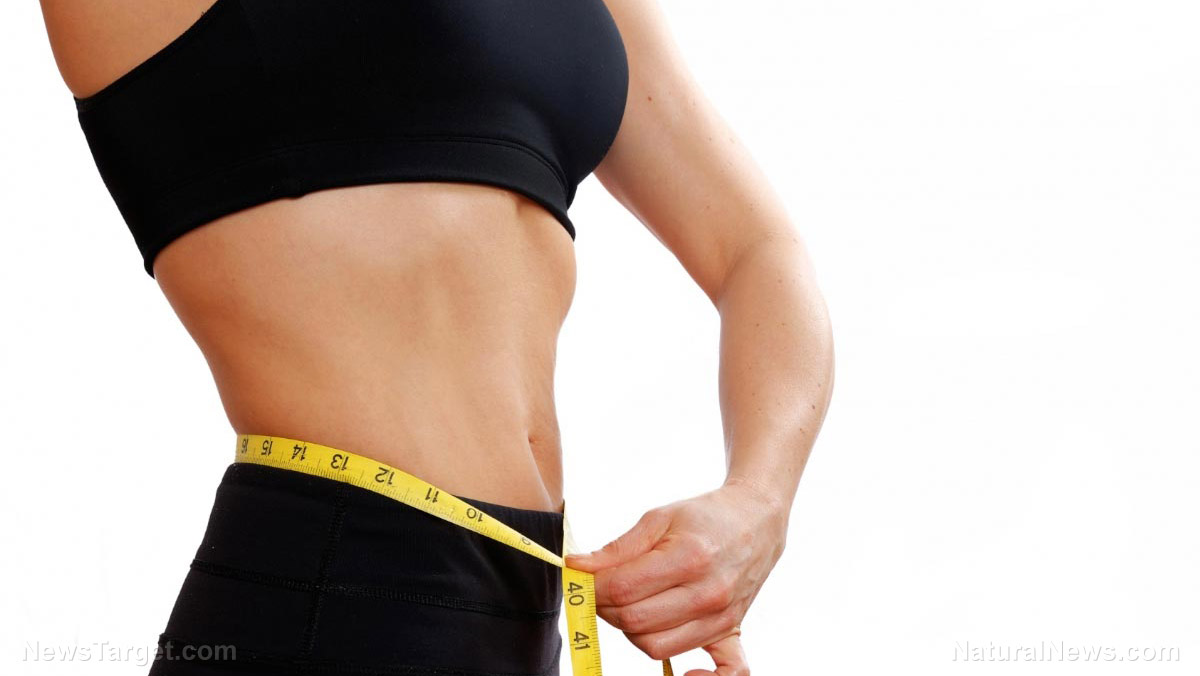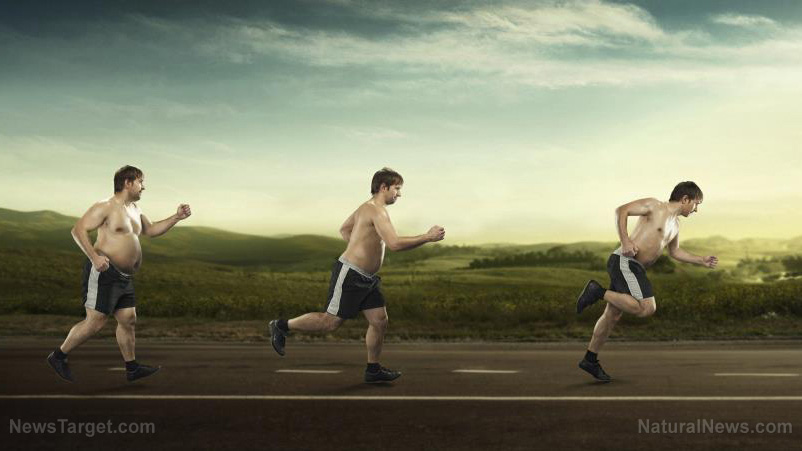As the temperatures drop and we get fewer hours of daylight, we spend less time outside. The seasonal shift from summer to autumn means life gets busier, stress levels rise, and healthy eating and exercise habits take a back seat. We comfort ourselves with the mindless eating of warmer, heartier foods, and begin to experience fall weight gain.
Article by Lizette Borreli
Previous research has found September to be the “second fattest month of the year,” closely trailing December. On average, dieters gain two pounds in September, which is what most typically lose in preparation for summer in June. Sue Rose, a nutritionist and author of the eBook ok, Claim Your Best Body – The Easier Way!, says seasonal changes can have profound effects on our bodies.
“September brings cooler weather, the harvest, fewer hours of sunlight, and increased appetites. Your body has to work harder to stay warm in cooler weather, so you get hungrier. Your body also knows that winter is coming and prepares by trying to store fat,” Rose told Medical Daily .
Rather than succumb to fall’s cooler weather, pumpkin-inspired baked goods, and food bingeing holidays (i.e., Thanksgiving), beat the fat and stay fit for fall with these five weight loss hacks.
CHOOSE HEALTHIER ALTERNATIVES TO SWEETS AND BEVERAGES
Fall season is synonymous for apple and pumpkin-inspired baked goods like pies, crisps, doughnuts and cobblers. In addition, sugar-laden beverages like apple cider and pumpkin-spiced lattes also make a special appearance during this time of they year. Although these beverages are warming, they provide loads of calories and little satiation, according to Edwina Clark, a registered dietitian and Head of Nutrition and Wellness at Yummly.
Clark suggests healthier alternatives, including:
- Baked apples, with vanilla yogurt, cinnamon and a sprinkle of granola
- Roasted pumpkin with cinnamon and nutmeg, vanilla yogurt, and graham cracker crumbs
- Apple tea, and other fragrant, herbal teas
SMALLER PLATES
Past research shows we tend to eat less when switching to smaller plates. Halving the plate size has led to a 30 percent reduction in amount of food consumed on average. In the case of plates, reducing the diameter by 30 percent reduces the area of the plate by half. The reason they reduce consumption is if diners are self-serving their portions. In other words, if diners are told to serve themselves and are provided smaller plates, they will serve themselves less, and by extension eat less.
Clark recommends to fill our plates with greens.
“Fill half your plate with plants at every meal. Veggies provide lots of health-promoting nutrients for few calories. Fill the other half of your plate up with equal parts lean protein (skinless poultry, fish, beans, tofu, low-fat dairy), and whole grain carbohydrate (whole wheat bread/pasta, quinoa, wild rice, farro, sweet potato)” she told Medical Daily.
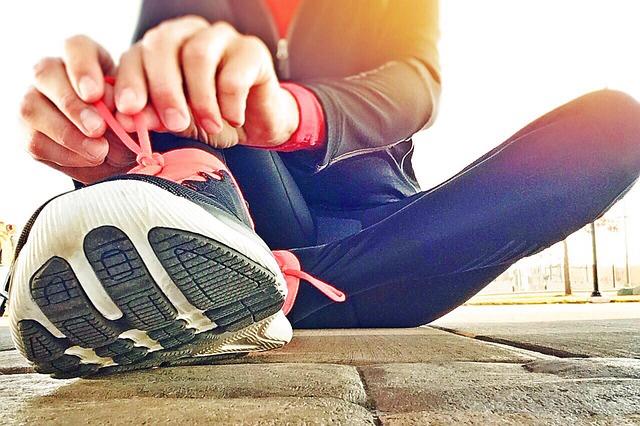
These 5 weight loss hacks will help you stay fit for fall.
DRINK OUT OF A TALL, SKINNY GLASS
Short, wide glasses may lead to an overpour of calories. A study found people pour 30 percent more liquid into short glasses compared to tall skinny ones of the same volume, overestimating how much they’re really pouring. the researchers concluded that people generally make pouring decisions based on the height of the liquid in the glass.
ADD PROTEIN TO EVERY MEAL
Protein takes more energy to digest than other macronutrients, and helps promote fullness while building muscle. It is the key to satiety, according to Dr. Megan Khmelev, physician board certified in Obesity Medicine and Family Medicine. elementalweightloss.com
“More protein translates into better/more muscles which translates to a better metabolism” Khmelev told Medical Daily.
Healthier proteins include: fish, shellfish. skinless poultry, beans, tofu, eggs, nuts, low-fat dairy, and tempeh.
EAT BREAKFAST
Breakfast is the most important meal of the day. Typically, there’s a tendency to skip breakfast and “save” calories for snacks later in the day. However, one caveat is people generally eat more when they’re hungry, and can devour more than they intend to.
“The US is interesting in that our biggest meal of the day is at the end of the day. The beginning of the day is when we are up and doing things, burning calories. Calories should be ingested at the beginning of the day, not the end and breakfast is the perfect start to the day” said Khmelev.
Failure to eat breakfast can lead to compensating for calories at the end of the day, which can lead to poor food decisions and overeating.
Enjoying snacks between meals can help keep hunger at bay and prevent overindulgence at meals.
Read more at medicaldaily.com



